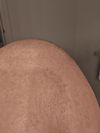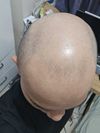community Testosterone and DHT levels through the roof yet has better hair than the majority of guys who are “healthy” genetics are everything
The conclusion of this conversation about hair loss is that genetics play a significant role in determining hair loss, and specific treatments like finasteride may not be effective against certain compounds like masteron and trenbolone.

